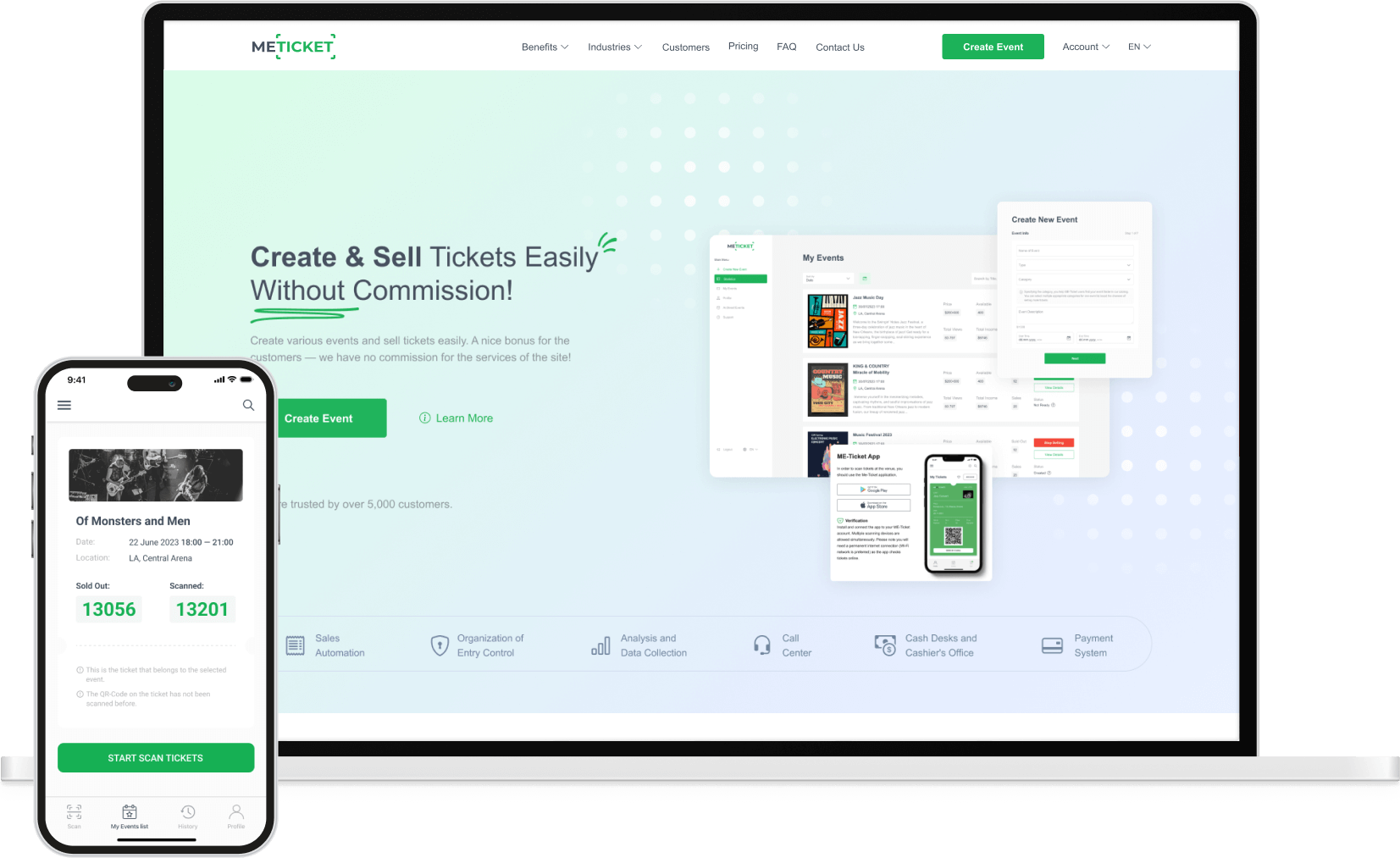Geo-Targeting How to Use It to Increase transformations
Websites allow users to pierce your website from anywhere in the world. A small eCommerce point in Florida can just as fluently reach a businessman in India as a family in South Carolina. Indeed if you have a “.com ” English-only point, you may veritably well be a transnational business by default.
The problem?
Those people live veritably different lives.
They differ in numerous aspects, from gender to age, how they got to your point, indeed what images they prefer. More significantly, they come from different countries, speak different languages, have different currencies, and have a multifariousness of different artistic prospects.
How can you use your being structure and marketing sweats to cater to such a large followership? How can you make sure that your business is really getting the most applicable content leading to a conversion?
The answer is geo-targeting.
What's Geo-Targeting?
Geo- targeting is an active response to a user’s geographical position. Once a point or a platform determines a caller’s position grounded on their IP address, Wi- Fi, or GPS data, content specific to that position is delivered. This position can be a country, state, megacity, and more.

Why Does Geo-Targeting Matter?
Testing different ideas and approaches when position is taken into account can produce veritably intriguing perceptivity – and frequently much different conversion rates.
What will work better for your channel – showing your business from Spain runners in Spanish or English? Will you quote Euro or Dollar?
People anticipate content to be substantiated to them, and geo-targeting is one way to deliver more accurate and applicable content. It’s not just great for druggies; substantiated content drives deals.
5 Geo-Targeting Tests to Drive transformations
Then are five geo-targeting tests you can try to see if they increase your transformations.
1. Trial With Languages
Match the page language to the user’s country of origin. (I do suggest allowing a language switch, just in case.) Measure what converts better.You can test the entire channel in different languages or test a specific KPI on the pages (CTA click, time on point,etc.) and measure its performance.
For illustration, visiting Samsung.com from Hong Kong redirects to theirsmasung.com/hk directory, and the language is as anticipated. Changing the position change icon is fairly easy at the bottom left, as is the language switch at the top right of the main menu.
Visit Coca-Cola’s page in Germany, and you ’ll see the point is in English. Still, Germany is stressed, making it easy for the user to switch. These splash defenses are common for transnational spots, but whether they convert better is a commodity you ’ll need to test.

2. Match Original Currency
Trial with another currency grounded on a region or country. You may want to keep it simple and try it on one popular product or wharf runner. Measure deals in combination with position – are the conversion rates any different if you display the currency of the user’s country?
3. Estimate Serving Original, Applicable Offers
You can also test matching the offer on your pages (product, service, communication,etc.) to the user’s specific position. This sounds simple but requires careful study and planning.
Measure channel performance for users that are geo-targeted versus a control group – are people chancing it helpful or confining in a way? Statistically, do users served with original offers differ in geste from those asked to choose their position? Test it! Another common issue is product or service vacuity for certain countries. Occasionally, you can only vend in one country, and informing your transnational business of similar is considered good practice.
Why produce a negative client experience by showing commodity they can not buy? Produce expectation rather.
4. Match Paid Marketing juggernauts
Geo-targeting allows you to run different campaigns in different locales. Your advertisements might be served each over the world, so try varying in their marketing communication according to the member and followership position.
Is the marketing communication on your point the same as the geo- targeted announcement? Trial with transferring business from a geo- targeted banner to a geo- targeted wharf runner( in language, currency, offer,etc.) and to a general runner – what converts better?
5. Estimate Visual rudiments
As with any Split or Multivariate testing, revision of visual rudiments can make a big difference. also, testing design rudiments grounded on the user’s position may give better( or worse) conversion rates.
The way bright colors are interpreted by one culture on side of the earth may be extensively different from another. Indeed without understanding the content, the visual difference is significant.
How to Geo-Target Your pags for Testing?
Ok, so how do you test position- grounded hypotheticals? There are a many ways. Some are more rendering-heavy, while others are a little easier. The platform can impact how you test as well. For illustration, Google Advertisements allows you to produce multiple advertisements right on their platform.
IP Deflect
To keep effects simple, you may try IP- grounded redirects on your servis. You can set up simple redirects grounded on geo- position, using. htaccess orhttpd.conf on your Apache garçon(mod_geoip).
The GeoIP API( MaxMind) will enable you to snappily configure your servis to divert business according to the forming IP. Your web analytics and optimization should do the rest. All you need to make sure it that you have a couple of wharf pages to test your hypotheticals on.

Pay-Per-Click Advertising (PPC)
Another easy way of testing geo- position is using a PPC platform similar as Google Advertisements or Facebook Advertisements. You can set your crusade targeting to veritably specific locales and languages, as well as set the destination URLs of your individual advertisements.
Keep in mind, this will bear a set of pages for each campaign, but delivers results veritably snappily. You may be suitable to run a presto, data-rich, and position- grounded conversion analysis with little further.
Geo-Target disciplines Subfolders
Another system is following Google’s Webmaster guidelines for country segmentations and either using subdomains or subfolders for specific countries and languages. This assumes that you have a general TLD(. com,. org,etc.)
For illustration,es.example.com orwww.example.com/es/ for Spain/Spanish. This might be the better original SEO result because it also means that the subdomains or subfolders you specify will be shown in original quests on Google, grounded on TLD.
The strike is that it requires a fair quantum of work to set up, and might not work well with your branding sweats internationally. An important note about this system is that it doesn't break the problem of language, but only the country’s position. So if your service or product is available internationally, you presumably should n’t limit the geographic position for which Google serves results.
Nevertheless, this approach serves as a good platform to initiate conversion optimization on those segmented pages or spots.
Geo-Target Content
For content-specific particulars, and multivariate testing, geo- targeted placements and rudiments will calculate on your current business inflow and allow you to run these trials without the PPC outflow and an transnational SEO strategy.

There are several options:
Rendering
Use PHP, JavaScript( and/ or further) to query a geolocation database, and perform display sense consequently. You'll find multitudinous exemplifications on the web to negotiate this. It’s fairly simple if you ’re comfortable with going behind the scenes.
Web Services and Tools
Google’s Optimize supports simple geo- targeting of web rudiments, so it’s an easy way to get started. You can test grounded on megacity, region, metro, or country.( But not language.) Unbounce offers this point on decoration plans.
You can also use Omniture (from Adobe)
How to Cover Geo-Targeted Conversion Tests
Having initiated a geo-targeting conversion trial, you're faced with an essential problem how can you corroborate what works?
One option is to ask people that are located worldwide to browse your targeted pages and inform you of the results. Another, far more accessible system, is to use a “global geo deputy network ” that allows you to browse the web from different global locales.
There are several services available that allow you to choose from over 100 worldwide locales including countries and metropolises.
The easiest and most dependable to use are cybersurfer extensions that enable you to simply elect a position from a dropdown menu and browse as usual.
Global visibility tools similar as makeshift network services encompass numerous benefits for the process of geo-targeted conversion.
See for yourself that it actually works.
Run through the channel and corroborate all the settings are correct tête-à-tête check issues, similar performance and quiescence, that may affect your conversion. If you measure Page Speed you may discover that distance = quiescence = low conversion.
If you announce on your point (Google Advertisements) you might want to see what advertisements are displayed on your point when viewed from different locales. It may be a factor inhibiting or contributing to transformations.
See what your competition is doing in other requests. Find out the applicable offers interests deals for a specific position indeed if you’re on the other side of the earth. Use that data to come up with your coming winning design or offer and modify your test consequently.































